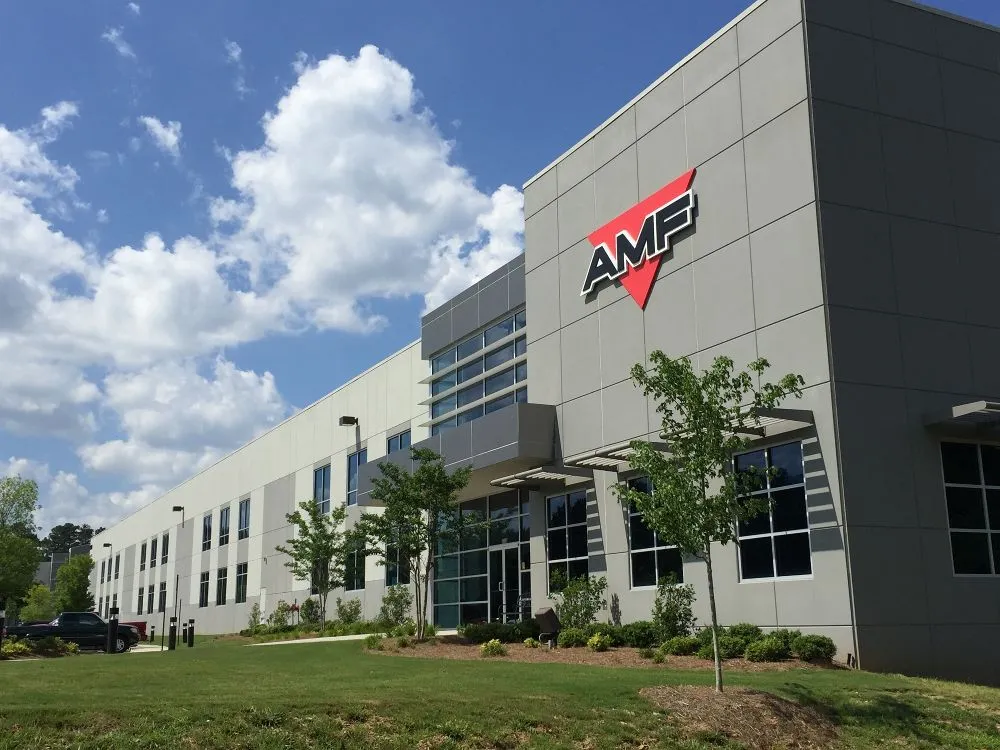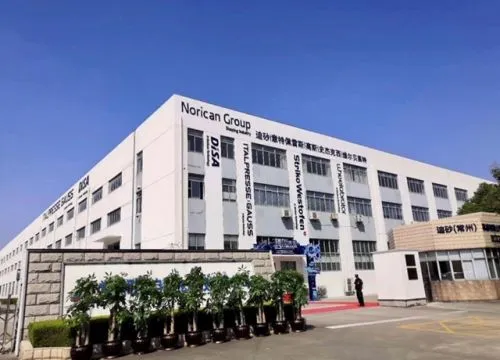Essential considerations when choosing your next PLM system
Your guide to unlock the full potential of your business with the right PLM solution.
The need for a robust Product Lifecycle Management (PLM) system is growing rapidly. Globally, over 100,000 companies are using PLM solutions to manage their product lifecycles. A PLM system oversees every phase of a product’s lifecycle, from ideation to retirement, offering benefits like increased productivity, faster time-to-market, and improved efficiency. However, mistakes in selection or implementation can lead to significant issues, undermining the investment and team trust.
If your team is spending too much time searching for data, manually entering information, or managing minor engineering changes, productivity is decreasing – Or if your design teams are inefficiently searching for existing parts to reuse. Maybe managing engineering changes is leading to errors and delays, then it might be time to consider a new PLM solution.
The hidden pitfalls of PLM implementation
It is no secret that implementing a PLM system can significantly enhance your business processes, but it comes with potential pitfalls.
Training and change management
Insufficient user training and change management can lead to low system adoption and missed benefits.
Additionally, low attention to data migration can result in inaccurate or incomplete data being transferred, causing operational disruptions.
Misaligned expectations
Misaligned expectations can disrupt even the most promising PLM implementations.
Unrealistic expectations about the system’s capabilities, implementation timeline, or the level of required effort can result in dissatisfaction and a lack of trust in the new system.
Integration with other systems
One major risk is underestimating the complexity of integration of ERP, PLM and CAD systems.
A PLM system must seamlessly connect with other IT systems, and failure to do so can lead to data silos and inefficiencies.
What have our customers accomplished?

Automated Bakery Equipment Solutions
Achieved 150% revenue growth, due to PLM and ERP implementation. Errors were reduced, and quality management boosted product reliability and customer satisfaction. Streamlined processes increased productivity across all functions…
Now that our teams can access the same PLM system and share reliable data regardless of their location, they can collaborate on various projects, which helps to reduce engineering cycle times. Bluestar PLM has greatly improved our company’s operational efficiency.
– Anette Olsen, Norican Group
We chose Bluestar because it is an engineering solution. It could also integrate with computer-aided design (CAD), something that is extremely important for us as a manufacturer. Ultimately, it just blew the socks off the competitors as an engineering-focused solution to manage our parts, products and lifecycle management.
– Stefan Naude, Bel Power Solutions
Successful PLM implementation
Careful planning, thorough training, and continuous alignment with business goals are essential to avoid these pitfalls and ensure a successful PLM implementation.
Expertise and cases
When evaluating potential PLM solutions, the vendor’s expertise in your industry and their track record of successful implementations. Case studies can provide valuable insights into how different systems have been effectively integrated into various industries, offering a clear picture of what you can achieve.
Scalability and interfaces
It is always a good idea to ensure the PLM system can scale with your business and adapt to changing needs. A flexible system that can integrate with your existing IT infrastructure and accommodate future growth will provide long-term value. In addition, a user-friendly interface encourages adoption and minimizes resistance from your team.
Compliance
Finally, you need to verify that the PLM solution meets industry-specific security standards and compliance requirements. This is particularly important for industries with stringent regulatory environments.
A successful and well-implemented PLM implementation can be crucial to your business, as it can lead to cost savings by reducing waste, minimizing rework, and optimizing resource utilization. However, to achieve success and gain the best collaboration across departments and systems, an ERP based PLM will most likely be the best choice for you.
+20 years of experience in bringing together global engineering and operations teams
PDM Technology, the company behind Bluestar PLM, was founded in the 1980s. Our primary goal is to provide global manufacturing companies with easy-to-implement, out-of-the-box solutions designed to enhance data reuse, transparency, and business process efficiency. Bluestar PLM was developed as the premier engineering solution for Microsoft Dynamics 365 Finance and Supply Chain Management. It ensures seamless connectivity between engineering data from CAD systems and the entire enterprise, streamlining operations and fostering a unified data environment.





